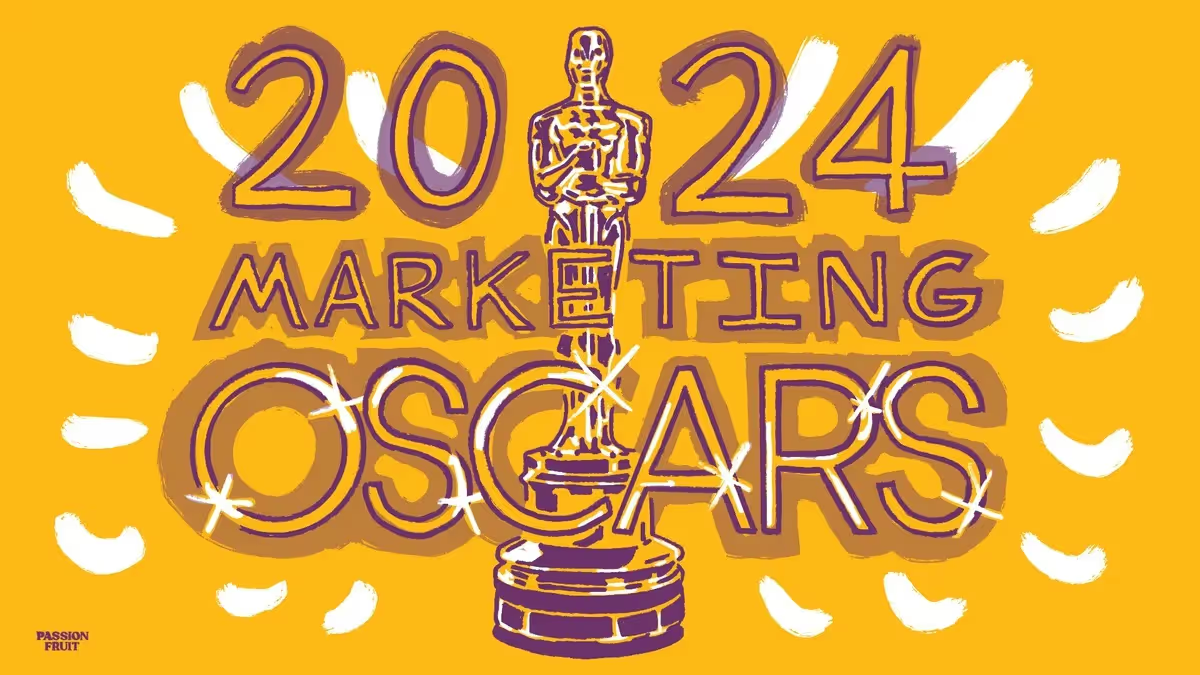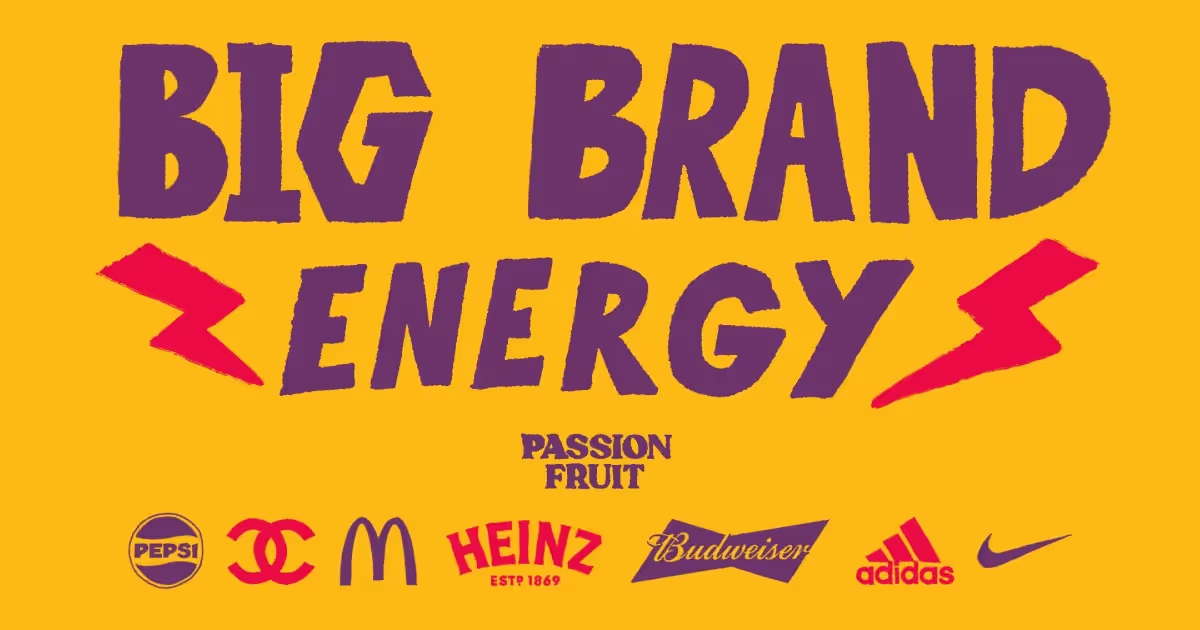Content marketing of the past
For many years the prevailing wisdom has been that best-in-class content marketing is synonymous with customer education.
Your objective, the thinking goes, should be to deepen your prospective buyer’s understanding of your category through the creation and distribution of useful content.
The end goal, of course, is to move your customer through your funnel and make a measurable impact on your bottom line.
Clear value-add, to-the-point, on-the-nose content that gets the job done.
There’s nothing to suggest that this approach is broken, but there’s lots to suggest that this approach is no longer best-in-class.
We live in a world where:
- Substack allows anyone to become their own media organisation.
- YouTube provides 500 hours of fresh content a minute.
- Streaming giants spend $40bn+ on original productions each year.
When it comes to content, the rules of engagement have changed.
As Shaan Puri, founder of Bebo, put it recently,
“The ancient struggle was not having enough. The modern struggle is having too much.”
This abundance forces us to treat all content as equal, with each offering sorted into two piles: hell yes, or no. It’s the reason why, as Emily Best has shown, Americans don’t collectively watch one TV show in the way that they used to. Instead, individuals seek out specific content that they love.

Content marketing of the future
If you’re making content, it doesn’t matter that you’re doing it as marketing on behalf of a brand - you’re competing for attention with every other piece of content that might appeal to your prospective buyer.
Maybe it feels flattering to think that your latest blog post is up against the new series of Call My Agent, but it should feel terrifying. Increasingly, if you’re doing it the old way, this is your content marketing:

Staying still as everyone moves around you is a mortal threat for a startup. You have to get active to gain new customers, and the risk for start-ups is that in the face of bigger content players, they become this guy:

Thankfully, raising the bar on content marketing is easier than you would expect, and there are three main compass points to guide you.
Content marketing: a new approach
1. Risk taking
Succeeding with content means freeing yourself from the fear of getting it wrong. You can’t be offensive – but you can be playful, cheeky, and brave. Nobody needs another character-less dollop of cookie-cutter content that clogs their minds, eyes or ears every week. Unapologetically zero in on a certain group of people who see the world the way your brand does - remember, you’re looking for that “hell yes”.
As Greg Isenberg has argued: “being liked by everyone is a liability not an asset.”
This is where tone of voice, brand identity and a feel for your customer is essential. Limits which define your audience set you free to go down the rabbit hole of a particular style. A recognisable style increases your chances of mental availability, which is essential to growing any brand.
The master of this craft is Scott Galloway and his company Section4. He knows that 80% of the time his consumer is a male with a median age of 42 – so he talks candidly about being attracted to people that you’re not married to, the difficulties of having parents with dementia, self-loathing and several delicate topics which may ruffle a few feathers. But his bravery shines a light for his audience: they’ve come to know Scott as someone who “goes there”. His content is a beacon that reliably cradles their vulnerabilities.
2. Entertainment
If you’re serious about rising above the noise and delivering a piece of content that your customers not only enjoy but actively anticipate receiving, start optimising for entertainment value over educational value. The best teacher is not the one that makes you read the text-book cover to cover, but the one who turns a dull lesson into an engaging experience.
Especially if your category or brand is one which risks feeling a little preachy, or you’re B2B with a long, drawn-out sales cycle, overcorrect by making content that consistently surprises and delights. In other words, use the carrot not the stick. This is not to be confused with always making content with mouth-wateringly high production value. As we discussed in our interview with MOB Kitchen, you can go for something that feels premium, but scrappy and low fi works for brands whose personality allows that kind of energy.
On this front, admire the work of Ugly Drinks. They make drinks without sugar or sweetener because – dun dun dun – that stuff is bad for you. But they don’t tell you off for liking Coca Cola. Instead their content fizzes with upbeat energy and a brilliant sense of humour.
3. Medium
Whether it’s a newsletter, podcast, webinar, blog, or video series, several different vehicles can make the magic happen. The best approaches are medium agnostic but audience specific. Be deliberate in thinking which channel is most natural for your audience to engage with, given their position on the sales funnel. At that point, where are they already consuming content, and can you adapt your offer accordingly? This is a question of physical availability. 90% of Americans live within 10 miles of a Walmart - challenge yourself to get even half that close to your customer.
The influencer industry gets a bad rap because large parts of it have been turned into one big paid marketing channel. That said, if you ensure alignment between brand and individual, human vehicles can still be effective ways of spreading your message; particularly at the top of the funnel.
The masters of this game are Yeti on their YouTube channel. Here we have a maker of outdoor products that is brave enough to make a short film spearheaded by Oscar winner Jimmy Chin - which has garnered hundreds of thousands of new prospective buyers for the business. It’s content so good that Yeti transcends its product and becomes a go-to content destination in its own right.
In a piece on content marketing a few years back, Julian Shapiro said that, “your objective is to be the last site a visitor visits in their search journey.” In 2021, the bar has been raised. Your objective is to transcend your product and be the first site a visitor visits in their search journey.
What is a company that you think hits this level of content marketing?







